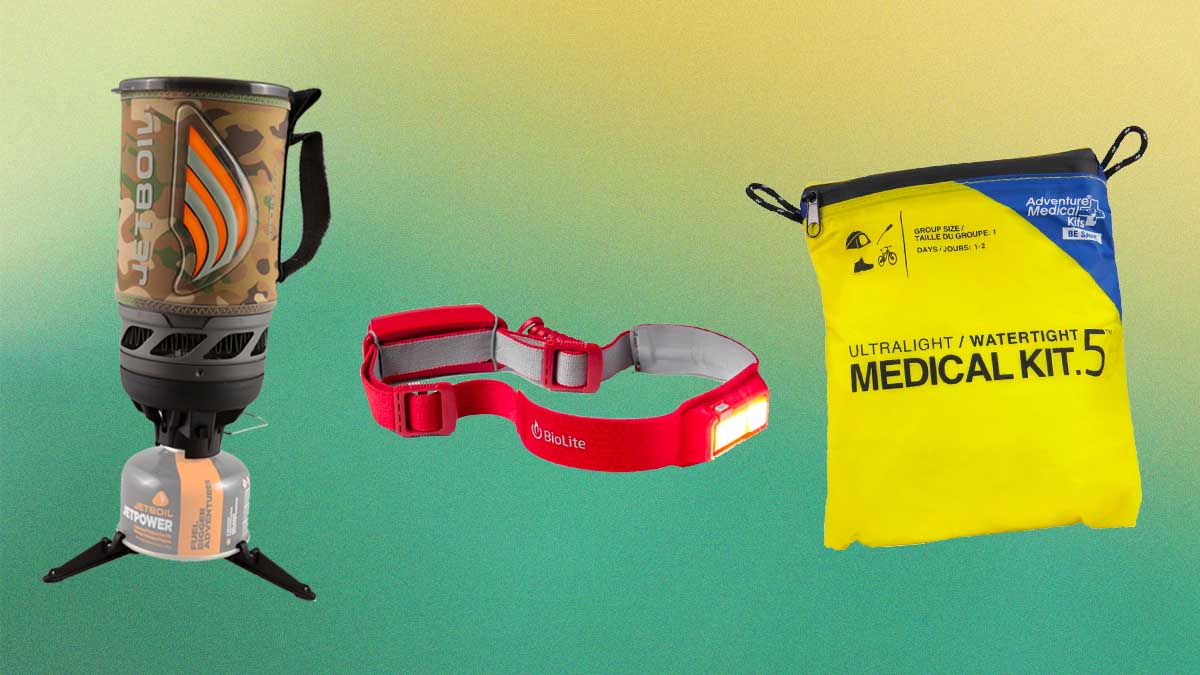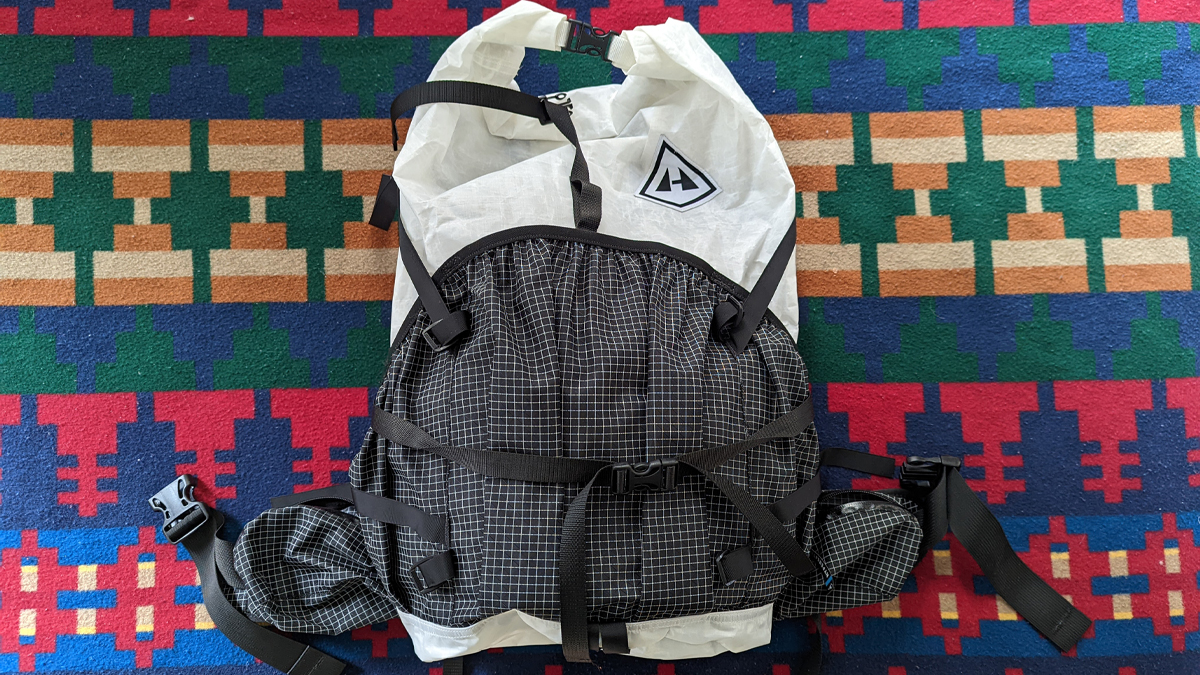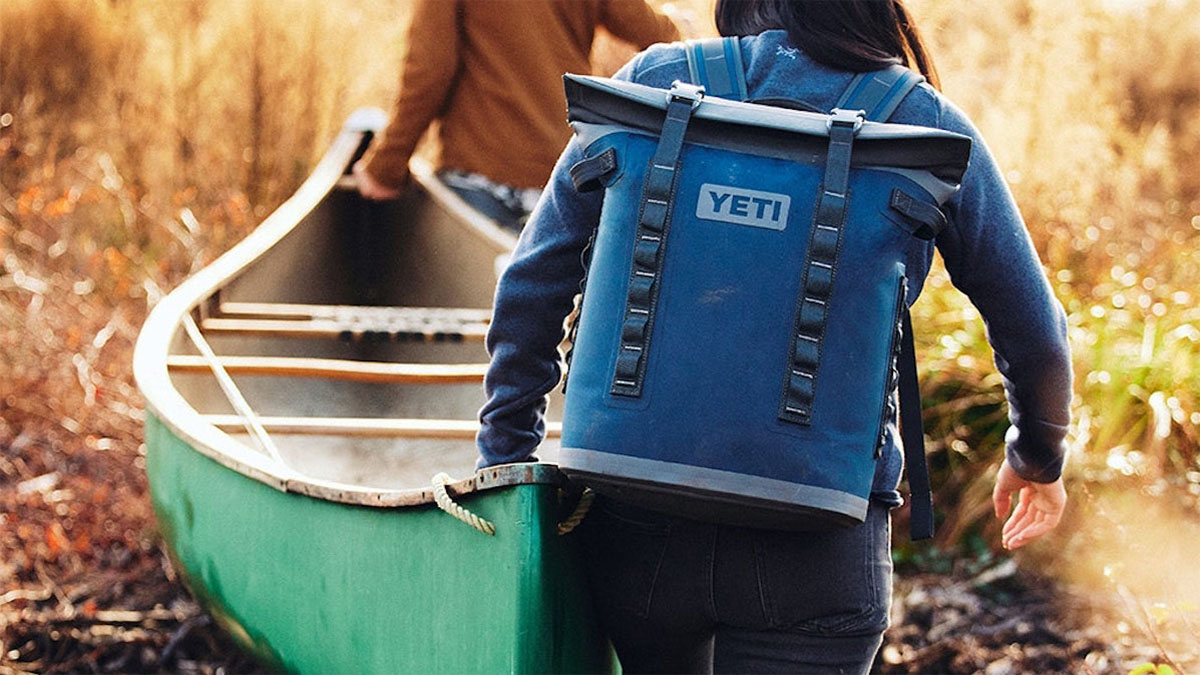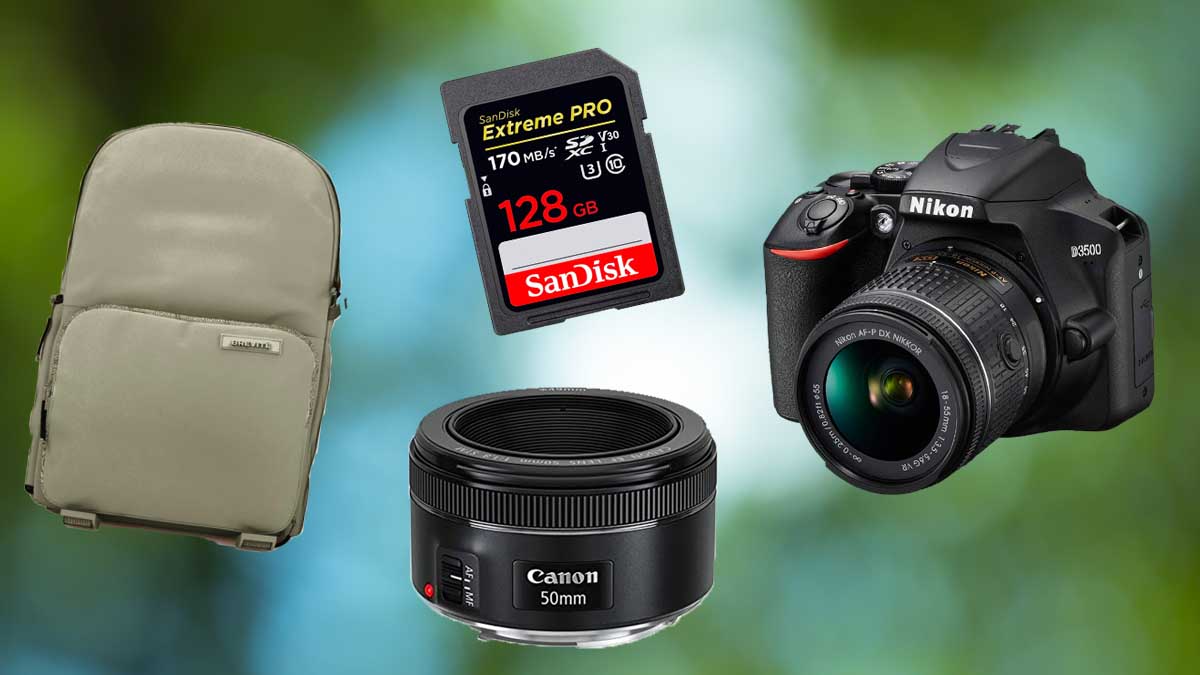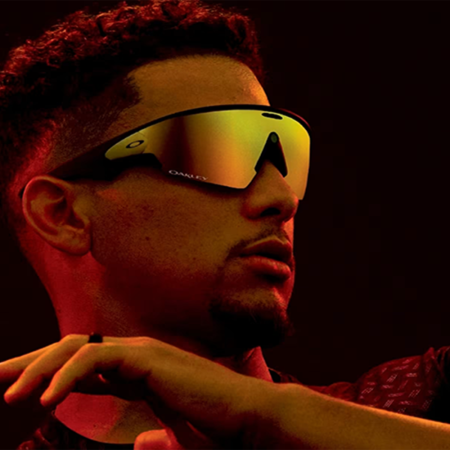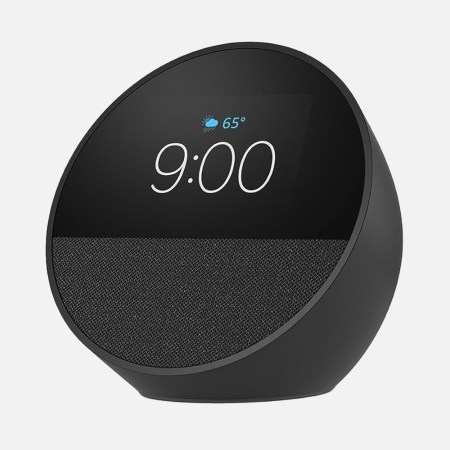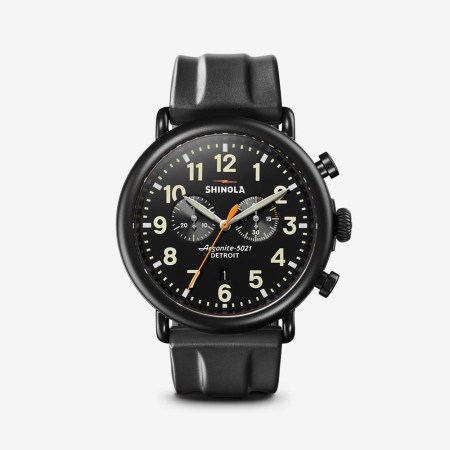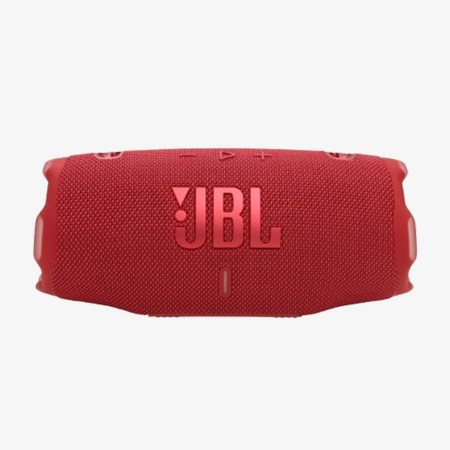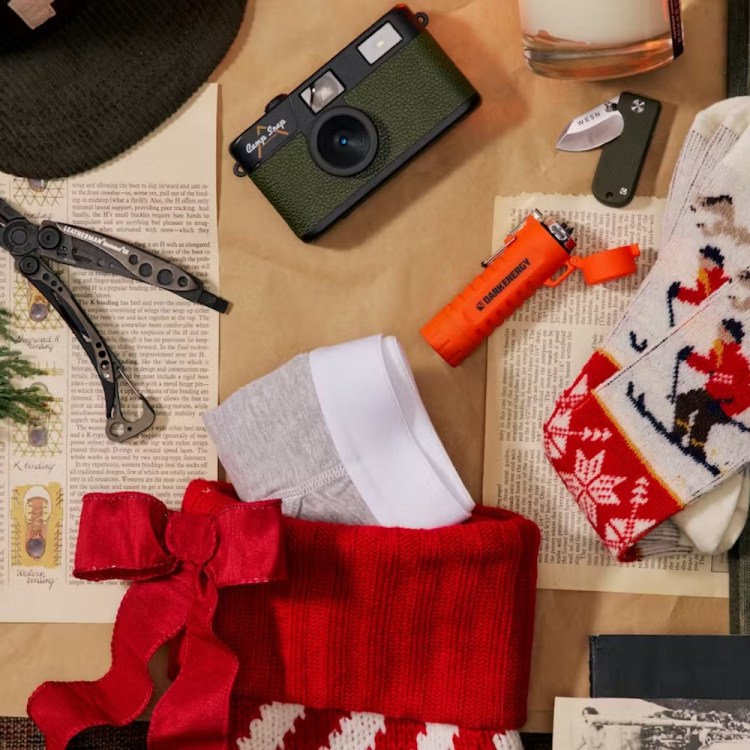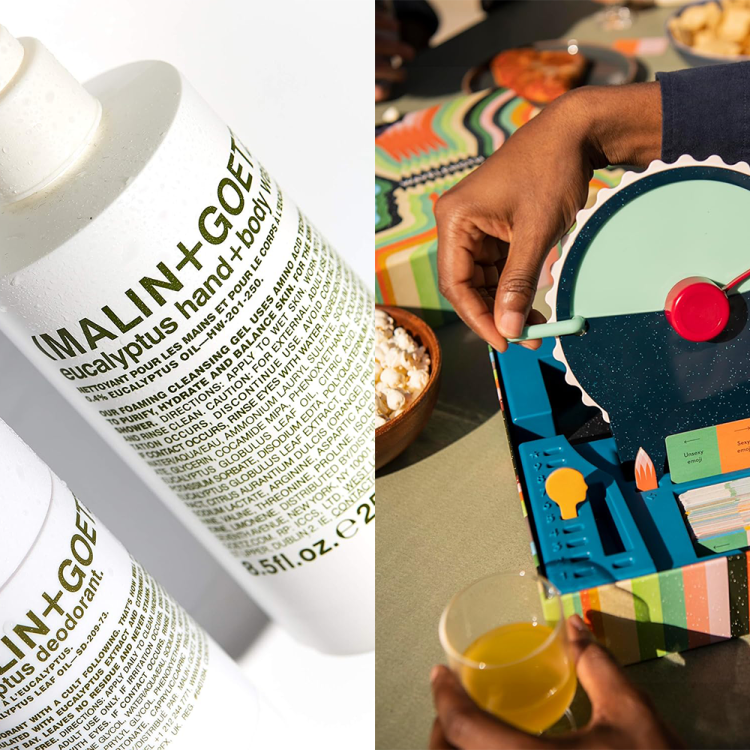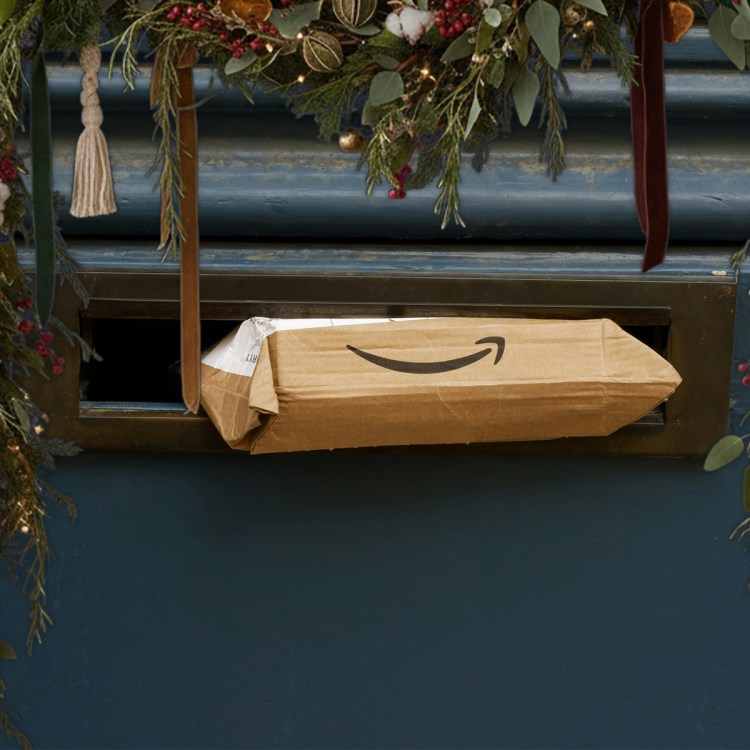Nota bene: All products in this article are independently selected and vetted by InsideHook editors. If you buy something, we may earn an affiliate commission.
Hiking, camping and backpacking are more popular than ever. Yet it’s no less overwhelming to plan a backpacking trip, especially if it’s your first. How much should you pack? What should you not pack? How much food should you take? To help you enjoy that first backpacking trip to the fullest, we’ve compiled a list of some of the most essential things to pack (and not pack).
Tent: Black Diamond Distance Tent with Z Poles
The general rule of thumb is that the packed tent weight should be no more than two to three pounds per person. If you’re traveling with someone else, you can divvy up the tent gear between your backpacks. I’ve taken a backpacking trip with a four-pound lightweight tent, ALPS Mountaineering’s Mystique 1.5 Tent, which worked well for a two-night backpacking trip. However, an ultralight tent like the Black Diamond Distance Tent can make a significant difference in your pack weight. It’s a two-person, three-season tent, headlined by the two carbon trekking poles, which form the tent’s exterior, making it both a practical and lightweight option.
Sleep System: Sea to Summit Spark Ultralight Sleeping Bag
Following your tent, your sleeping bag and other sleeping gear often make up the heaviest items in your backpack. Sea to Summit’s Spark sleeping bags, however, can minimize that weight, since their ultralight sleeping bags weigh around one pound, depending on the temperature rating. Their 40F warm-weather sleeping bag is a mere 12 ounces, while their 28F bag is just over one pound. Pair it with the Sea to Summit Ether Light XT Sleeping Pad, which is one to two pounds, depending on size. For an especially lightweight sleep system, stuff your jacket and/or other clothes into your stuff sack for a makeshift pillow.
Headlamp: BioLite HeadLamp 330
After the tent and sleep system, much of your backpacking gear, like a headlamp, is a matter of personal preference. Comfort, brightness and various light modes are among the primary factors to consider when investing in a headlamp. The BioLite HeadLamp 330, however, has a rechargeable battery that receives juice via micro USB. This also results in a more low-profile design that sits flush against your forehead, in contrast to headlamps that require multiple batteries and are heavier and more cumbersome against your forehead. The 330 has an average run time of 40 hours on low and just under four hours on high.
Water Filter Bottle: Katadyn BeFree Water Filtration System
In InsideHook’s hiking essentials guide, we recommended the Katadyn BeFree 1L Collapsible Water Filter Bottle, noting that the water bottle isn’t as important as the quality of water. That’s where Katadyn comes in, with their ultralight water filtration system that doubles as a water bottle. While Katadyn’s one-liter collapsible bottle is perfect for a day trip, I’d recommend the three-liter Katadyn BeFree Water Filtration System for backpacking trips where water sources may be few and farther between. Katadyn’s reservoir has a quick filtering rate, purifying up to two liters of water per minute, so you can drink straight from the reservoir or pour it into your own water bottle, mug, stove, etc.
Cookware Combo: Jetboil Flash Cooking System
Multipurpose gear is a lifeline for backpackers. Enter the Jetboil Flash Cooking System, which serves as a stove, measuring cup, bowl and coffee mug all in one. You can have boiled water for coffee, tea (or a hot toddy), or a freeze-dried meal in less than two minutes. Just don’t forget your fuel. Jetboil’s 100g fuel canister should be enough for a solo backpacking weekend, and fits nicely into the Jetboil cooking vessel while in your pack.
First Aid Kit: Adventure Medical Kits Ultralight/Watertight .5 Medical Kit
Do not leave home without a first aid kit, and you needn’t look any further than Adventure Medical Kits .5 kit for one of the lightest kits for a solo weekend backpacking trip. It’s lightweight at less than 4 ounces, watertight and has the essentials for wound care and minor injury. It comes with numerous bandage materials and adhesive bandages, tape, towelettes, ointments, several different medications, precut pieces for blister treatment and more. I’ll often customize a kit like this, and put it into my own lightweight bag, adding some additional items, like small packets of sanitizer, sunscreen, insect repellant and matches.
Multipurpose Knife: Leatherman Surge Multitool
The right multitool often comes down to size, practicality, weight and how it feels in your hand. We’ve lauded the Leatherman Wave Plus for being such a practical, lightweight multitool. For having such large, often clumsy hands, I prefer the Leatherman Surge Multi-Tool, which is a little bigger, and has a few more tools than the Wave Plus. The Leatherman Surge, a 21-in-1 tool, is one of Leatherman’s largest tools, but even so, is just 12 ounces (versus the 8.5 ounces of the Leatherman Wave Plus), and it can easily fit in one of your small backpack pockets.
Dehydrated Meals: Mountain House Freeze-Dried Meals
Meal kits have come a long way from the military’s MREs (Meal Ready to Eat) of yesterday, with such gourmet options as pad Thai, chicken and dumplings, and shepherd’s pie. While there are so many freeze-dried meal companies to choose from, Mountain House is a standout for me for flavor, nutrition and heartiness. They also sell weekender and long weekend kits, which take some of the guesswork out of packing food for a weekend backpacking trip. However, my recommendation is to buy and try a few different meals from different brands ahead of your trip. There’s nothing worse than finishing your last full day of hiking with a freeze-dried meal that you hate.
Toilet Kit: Cleanwaste GO Anywhere Toilet Kit Waste Bags
Last, but certainly not least, is having a proper toilet kit for when nature calls. For seasoned backpackers, it’s often enough to simply dig a hole and carry out toilet paper in any ordinary bag. However, for those initial backpacking trips, the Cleanwaste Go Anywhere Toilet Kit is an easy sanitary option, while also following Leave No Trace’s principle of proper waste disposal. Each Cleanwaste kit comes with one waste bag, deodorizing agent, zip-close storage bag, toilet paper, and a hand wipe. I’d recommend packing a little extra toilet paper, along with sanitizer and extra wet wipes, to be on the safe side.
What Not to Pack
Chairs
Packing chairs for car camping are a no-brainer. However, for a backpacking trip, a chair can be an unnecessary weight, and one of the heaviest items in your pack. Instead, find the most comfortable log you can find, and pad it with items from your backpack, or blow up your mattress pad as a makeshift chair. Alternatively, REI sells an inflatable Flash Sit pad that weighs just 3 ounces.
Lantern
Similarly, having lanterns and plenty of lighting is handy for car camping when it comes to things like setting up camp or prepping meals after dark. However, for backpacking, you’re not likely to need more than a good headlamp. If you want some extra lighting, check out the LuminAID PackLite Max 2-in-1 Power Lantern. The inflatable lantern is just 8 ounces and can easily attach to your backpack when deflated. It can also charge your phone or tablet.
Pillow
Packing a pillow may seem like a backpacking non-negotiable. But traditional pillows can take up a lot of space, and unnecessarily add to your pack’s weight. Instead, fill a stuff sack with clothes for a makeshift pillow. Therm-a-Rest sells a reversible stuff sack that’s designed to double as a pillow when stuffed with clothes.
Towel
Like a pillow, a towel can be unnecessarily bulky and heavy for backpacking. Plus, traditional towels aren’t fast drying. In a pinch, a bandana, or Handiwipes, can make a satisfactory towel. If you’re going to be backpacking for more than a couple days and need a more proper towel, then purchase a quick-drying option, such as REI’s Multi Towel Lite. Its compact size and synthetic fabric adds only a few ounces to your pack, and it’s designed to absorb several times its weight in water while wringing out almost completely dry.
Electronics
On one of my first backpacking trips, I took my camera and a lens. Over the course of the three days backpacking, I took it out once. Even though it only weighed a couple pounds, it ultimately resulted in unnecessary weight. Even as a professional photographer, I no longer travel with a camera, or other electronics like an iPad, e-reader, etc. If there’s something I want to read, I typically just download it onto my phone.
Extra cookware
Cookware, utensils, plates and cups are practical in the everyday camping sense, but not necessary for backpacking. For most backpacking trips, all you’ll need is a stove and something to eat with. This is why I recommend the Jetboil Flash Cooking System above, because it serves as a stove, bowl, and mug all in one. Then, you can typically get by with a pocketknife and a spork or utility utensil set. Whatever your cookware system, this is something else you can split between the packs of the people you’re traveling with to share the load.
We've put in the work researching, reviewing and rounding up all the shirts, jackets, shoes and accessories you'll need this season, whether it's for yourself or for gifting purposes. Sign up here for weekly style inspo direct to your inbox.
